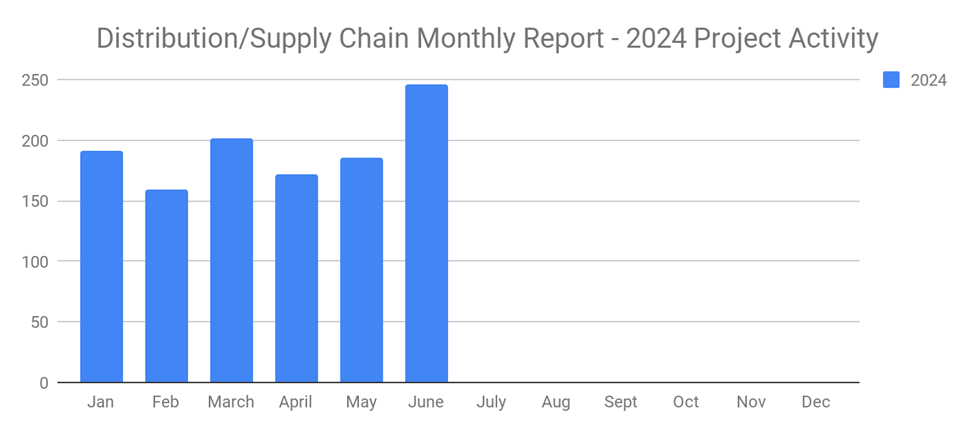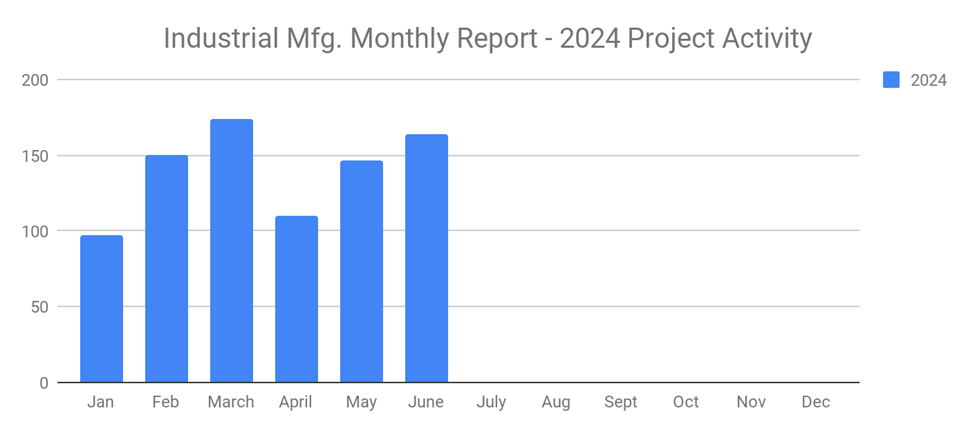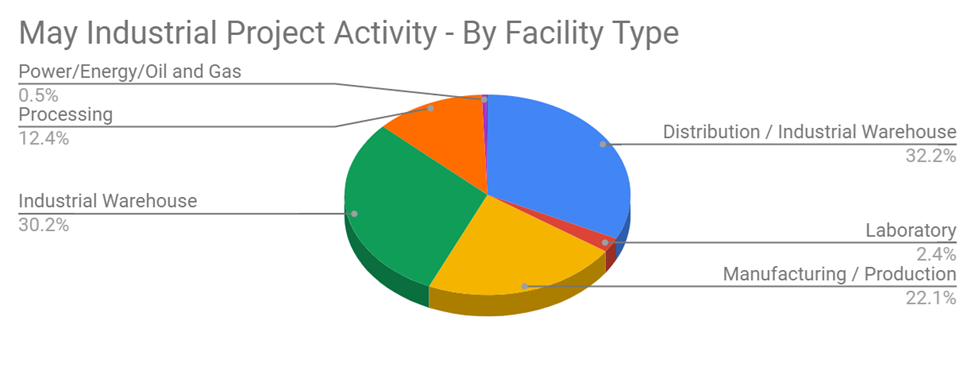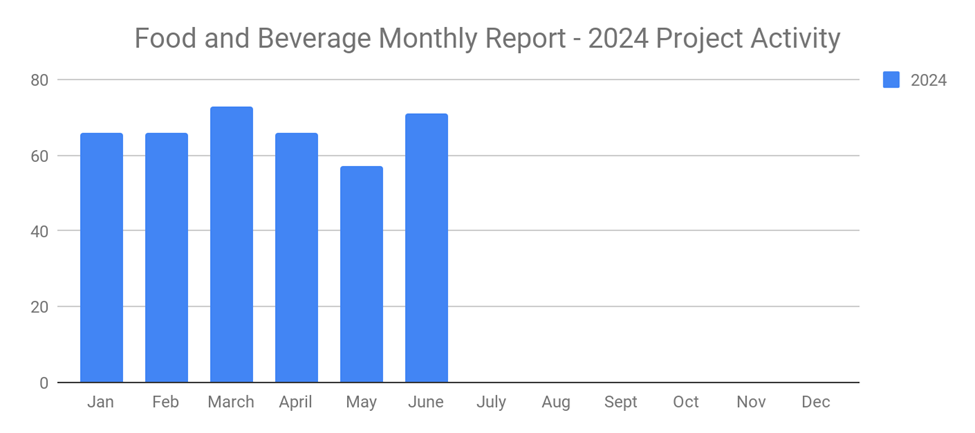-
Posted On Sunday, September 04, 2022 by Vince Antoine

Sales territory management has become a hot topic in the B2B industry. It allows B2B companies to allocate their resources to various segments or sales territories. Rather than having all of their sales reps target prospects in a particular territory, for instance, B2B companies can assign sales reps to specific territories. As a result, sales reps working for the same B2B company won't be fighting each other for the same prospects. But that's just the tip of the iceberg regarding the benefits of sales territory management.
Sales Territories Explained
Sales territories are segments of prospects whom you can target with a sales offer. In the past, they consisted exclusively of geographic regions. The term "sales territory" was used to describe a geographic region where prospects were located. It has since expanded to include other types of segments. Sales territories can still include geographic regions, but they may include other types of segments.
Common types of sales territories include the following:
- Cities
- Counties
- Business industries
- Business annual revenue
- Business size (by the total number of employees)
- Specific businesses
What Is Sales Territory Management?
Sales territory management is the process of engaging and managing prospects in sales territories. It begins with the identification of sales territories. Different B2B companies will have different sales territories. And sales territories aren't limited to geographic regions; they can include other segments of prospects to whom your B2B company sells its products or services. Only after identifying sales territories can you perform sales territory management.
Once you've identified relevant sales territories, you can engage prospects in those territories with sales offers. Sales territories contain prospects. Each sales territory is a segment of prospects who, ideally, match your B2B company's ideal customer profile. Sales territory management is all about engaging and managing these prospects.
While commonly used in the B2B industry, sales territory management can be used for B2C sales as well. Some B2C retailers, for example, use sales territory management to target groups of consumers. But sales territory management offers the greatest benefits when used in the B2B industry. It's a highly effective strategy that can drive more sales for B2B companies.
Why Sales Territory Management Is Important
You might be wondering why sales territory management is important. It will drive productivity. By performing sales territory management, you and other sales reps at your B2B company will become more productive.
It's estimated that nearly half of a typical sales rep's workday is wasted on unproductive prospecting. Some sales reps waste time chasing down stale or nonexistent leads, whereas others waste time contacting the same leads as their coworkers. Sales territory management drives productivity through resource allocation. You can allocate resources to specific sales territories. If there are 20 sales reps at your B2B company and you've identified five sales territories, for instance, you may want to assign four sales reps to each territory. Turning a blind eye to sales territory management, on the other hand, may result in all 20 sales reps targeting prospects in the same sales territory.
Sales territory management allows sales reps to personalize their communications with prospects. Sales reps don't have to use the same generic communications for all prospects whom they target. Rather, they can use personalized communications. Personalized communications, of course, can lead to higher conversion rates. Sales reps will have an easier time convincing prospects to purchase their products or services if they use personalized communications.
You can use sales territory management for account-based marketing (ABM). According to HubSpot, roughly two-thirds of B2B companies currently perform ABM as part of their sales process. ABM is a relatively new approach to B2B sales that involves the alignment of marketing and sales teams. When aligned, these two teams can work together to engage high-value accounts. Sales territory management paves the way for ABM by revealing high-value accounts. You can create segments or sales territories for your B2B company's high-value accounts.
Common Mistakes to Avoid When Performing Sales Territory Management
If you're going to include sales territory management in your B2B company's sales strategy, there are several mistakes you should avoid making. Failure to update sales territories is one such mistake. Sales territories can change. As your B2B company evolves, so will its sales territories. You may need to stop targeting existing sales territories and start targeting new sales territories. If you don't update your sales territories, your B2B company's competitors may step up to fill the gap.
Sales territory management requires research. When identifying sales territories -- as well as engaging prospects in those territories -- you should perform research. Some B2B companies use a strengths, weaknesses, opportunities and threats (SWOT) analysis to research their respective sales territories. Regardless, you'll need to perform research. Researching your B2B company's sales territories will help you prepare more effective sales messages that encourage prospects to purchase your products or services.
You should choose high-quality sales territories. For sales territory management, quality is more important than quantity. Just four or five high-quality sales territories will prove more valuable to your B2B company than 10 to 20 low-quality sales territories. Low-quality sales territories contain irrelevant prospects who aren't necessarily interested in making a purchase. High-quality sales territories, conversely, contain relevant prospects who can benefit from your products or services.
Don't forget to set goals. Generating sales, of course, is typically a goal when performing sales territory management. All B2B companies want to generate sales. If you perform sales territory management, though, you may want to set specific sales goals for each sales territory. Some B2B companies strive for 100 to 200 new sales per month per sales territory. Others create custom sales goals for their sales territories. Regardless, goals provide a metric for success. By setting goals, you'll know whether your sales territory management strategy is succeeding or failing.
In Conclusion
When selling products or services to other businesses, you should consider targeting sales territories. Sales territories are segments. Rather than grouping all of your prospects together, you can group them into segments based on various characteristics, such as their location, business size and more. Sales territory management is the process of engaging and managing prospects in these segments or sales territories.
Need help developing your sales territories? Find out more about SalesLeads' Prospecting Services.
What to learn more? Get in Touch
Latest Posts
-

New Distribution and Supply Chain Industrial Projects Surge to 246 in June 2024
-

New Industrial Manufacturing Projects Third Month in a Row of Growth with 164 New Projects for June 2024
-

Planned Industrial Construction Projects Continue Strong in June 2024 with 496 New Projects
-

New Food and Beverage Planned Projects with Stellar Growth in June 2024 with 71 New Projects
